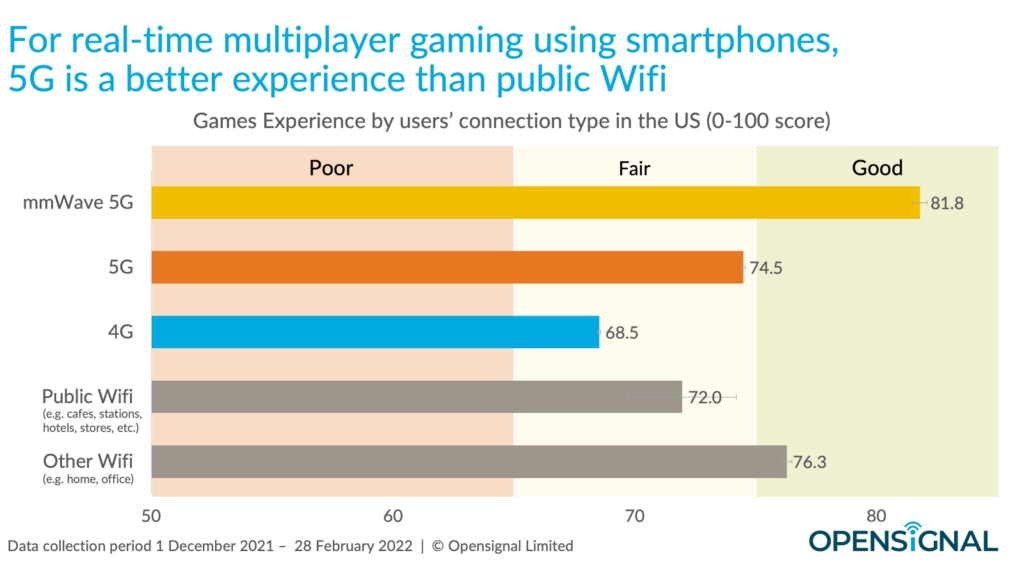The world of Cellular IoT is rapidly expanding, connecting physical devices to the Internet through existing cellular networks. The global market for Cellular IoT was valued at $6.2 billion in 2023 and is expected to reach $22.95 billion by 2030. This growth has led to the development of various cellular connectivity modules by different companies to capitalize on this booming market.
In this multi-part FAQ series, we will delve into the world of cellular connectivity for IoT applications. IoT devices equipped with cellular modules and SIM cards connect to cell towers for long-range networking, transmitting data through cellular infrastructure to cloud platforms. Technologies such as 2G, 3G, 4G LTE, and 5G play a crucial role in promoting cellular connectivity.
The advantages of cellular connectivity include wide coverage using existing infrastructure, scalability for large deployments, built-in security through encryption to prevent cyber attacks, and options for different data rates and power consumption based on specific applications and consumer needs.
Cellular connectivity finds applications in various sectors such as agriculture, wearables, connected vehicles, smart metering, industrial IoT, and manufacturing. This FAQ will focus on three key players in the cellular IoT module market: Cavli C-Series IoT modules, Microchip AVR-IoT Cellular Board, and Telit Cinterion’s 5G, 4G, and LPWA modules.
Cavli C-Series modules offer enterprise-grade cellular connectivity for global IoT applications, with a range of products including LTE Cat 1, Cat 1bis, Cat 4, Cat 6, 5G RedCap, Automotive, and LPWA/NB IoT Modules. These modules provide cellular connectivity, GNSS support, eSIM/iSIM options, power-saving modes, multiple interfaces, and integration with the Cavli Hubble IoT platform.
Microchip’s AVR-IoT Cellular Mini is a development board designed for secure cellular IoT applications, featuring components like the AVR128DB48 microcontroller, Sequans Monarch 2 GM02S cellular module, ATECC608B crypto authentication device, and various sensors for environmental monitoring.
Telit Cinterion offers a wide range of 5G, 4G LTE, and LPWA modules for cellular IoT applications, catering to different connectivity needs. These modules provide cellular connectivity, GNSS support, power-saving features, multiple interfaces, and integration with Telit’s IoT platforms.
Each company brings its unique strengths to the table, whether it’s Cavli’s focus on global connectivity and platform management, Microchip’s integrated cellular modules with MCU ecosystems, or Telit Cinterion’s full-stack solutions with a secure-by-design approach and long-term availability.
As the Cellular IoT market continues to evolve, these companies play a crucial role in shaping the future of IoT connectivity. Stay tuned for more insights into the world of cellular modules and their applications in the upcoming parts of this FAQ series.



